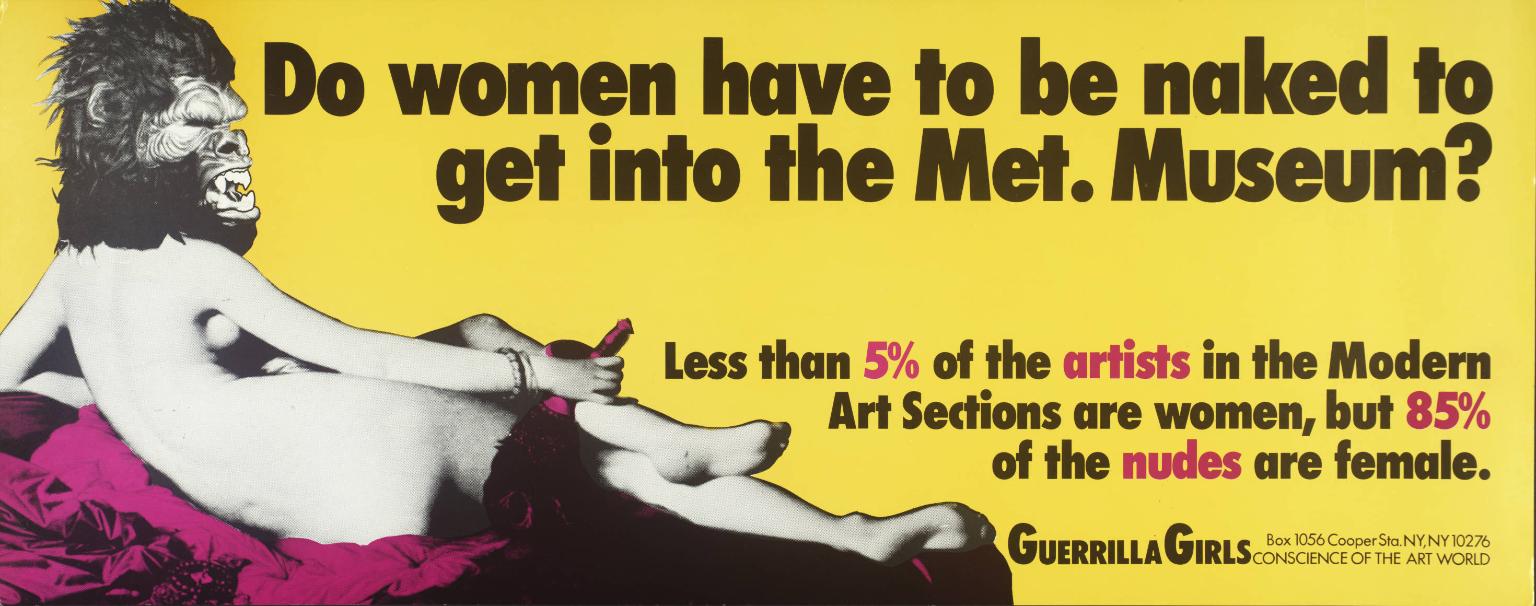Since beginning my journey at Hobsonville Point Secondary School, I have come a long way in my personal journey with te reo Māori, mātauranga Māori, and Tikanga. I was recently asked about how I have incorporated culturally sustaining pedagogy in my leadership. After some more reflection, I identified a key overarching idea in the way that I have come to work in this space. Just like relationship counsellors might advise you to choose your partner every day, I believe we must do the same for our Tiriti o Waitangi partnership. We must choose our partners every day. Here are a few of the things that I have chosen to do as I continue to find ways to invest in this partnership:
1. I start every single course I teach with my pēpepha. The first time I did this a few years ago I was super uncomfortable. I prefaced to my students that I was learning to do this still. After I completed saying my pēpepha, the students clapped and were incredibly supportive of my visible vulnerability in my new learning. A few years down the track and this is now such a comfortable practice, that I have supported others through this journey too.
KEY TAKEAWAY: Practice makes perfect. This is not a surprise to anyone. However, as teachers, we are often cast as the 'knowers' of knowledge. Admitting we don't know and publically working on improving can be uncomfortable and confronting. Yet we must do this if we wish to make progress in our learning.
2. This year our whole school learnt a haka to farewell our foundation principal. I embraced this opportunity to learn alongside my students and colleagues with enthusiasm and determination. The moment we finally did this haka for our departing principal will forever live in my heart. A few weeks later we also welcomed our new principal. Again, our whole school joined in the haka and our school waiata. This too made me incredibly proud to be part of our school. Too often at formal events the "hire a kapa haka" approach is taken, aka. kapa haka students do all the waiata and haka while the senior leadership and teachers watch, not knowing the words confidently enough to be able to join in.
KEY TAKEAWAY: Our commitment to learning tikanga needs to include everyone in our organisations. When we devote time and resources to this, we can grow as a community. We can change a culture. Being a leader in this space means that sometimes we have to role model not knowing but doing the work to learn.
3. One of the challenges I have encountered in my own practice as I work to incorporate more mātautanga Māori has been around ensuring that I do not exclusively focus on historical knowledge. It is important that we do not inadvertently cast Māori as a culture from the past. Māori is a thriving, evolving modern culture. One of the ways that I have sought to do this is through showcasing and championing the work of Māori scientists, artists, and other thought leaders working today. My students particularly enjoyed looking at the stunning work from the Mana Moana project that showcased the work of Māori and Pasifika artists in response to climate change. They also really enjoyed learning about how waka are still made today and the physics that applies when these are built. There is a great series on YouTube that my students particularly enjoyed. This even led to some of them designing their own waka - a task that was particularly well received by a student with a renowned carver in the family. In each of these contexts, I had to initiate the conversation with my colleague to include a more culturally located context in our learning. However, in each case, they could see the benefit once they saw the way students were able to engage with this task.
KEY TAKEAWAY: Once you start looking, there are so many Māori thought leaders, scientists, artists, historians, etc. who we can draw on as role models and inspiration for our students and oureslves. In my experience, Māori and non-Māori students find living breathing role models much easier to relate to than when we only look at historical figures.
4. As an Across School Leader for our kāhui ako, one of the key areas that I have focused on this year is how we know if we are making a difference for our Māori students. Too often schools create interventions that are done to the students rather than with students. Too often schools don't have any data about how students experienced the interventions a school put in place. As a result, when working with our kāhui ako Within School Leaders this year I have developed resources to prompt them to disaggregate their data. I have also continued to focus on developing my impact coaching skills. However, this year I have made sure to ask; "how do you know if this is making a difference for Māori students?". This has led to teams making a much greater effort to learn what is happening for their Māori students, and in some cases, it has led to teachers beginning to champion the voices of their students
KEY TAKEAWAY: Most teachers really do care about their students. Once they really get to 'see' what our Māori students are experiencing in school, their journey with culturally responsive pedagogy tends to accelerate, simply because they don't find the systemic bias in our education systems and schools acceptable. Hence, a key part of leadership in this space needs to be around how we help our teachers and middle leaders see the bias in the system more effectively.














